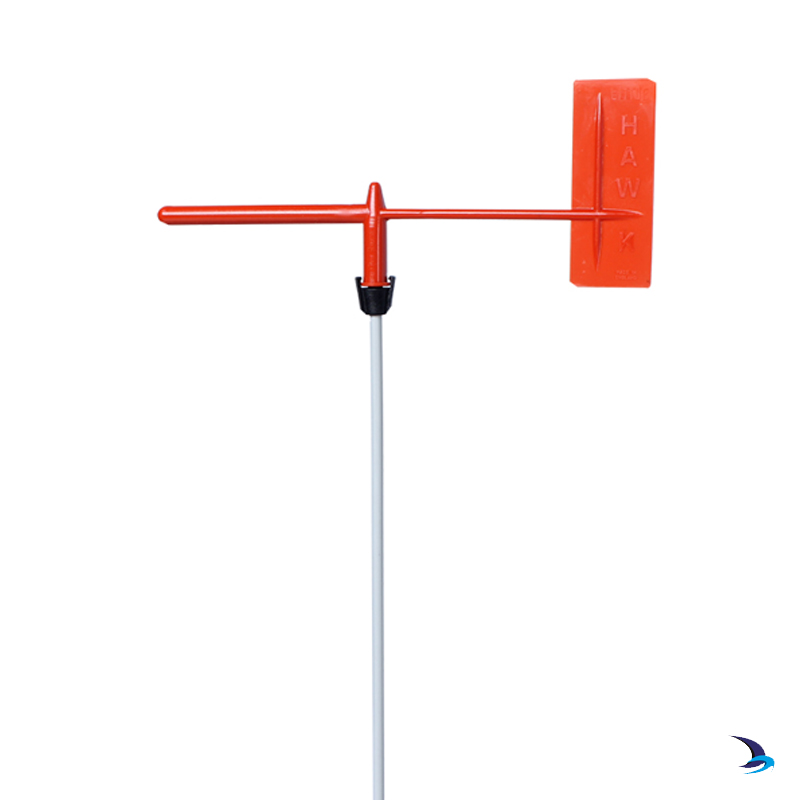

That means the fetch is short and the waves are small. Any northerly wind is coming off the land several km upwind. My local spots are open to the south, but the coast to the north curves around. One thing almost everybody gets wrong is forgetting to take into account the shape of the coast. It's not perfect but it gives you a head start in assessing the conditions until you build your own experience. Have a passing knowledge of the Beaufort scale helps. Even power boats show the size of the chop. Check in more than one location, the top of the dune and down at the water's edge. Throw leaves and grass and watch what happen. Listen for the sound of the wind in your ears. If you must buy one then the anemometer-style (turbine spins horizontally, not propellor spinning vertically) reduces the problem of pointing the thing in the wrong direction.įar better is to use environmental cues and your senses. The duration of your readings will give all sorts of numbers. Compression and turbulence also have a huge effect on the numbers. Holding the meter at the wrong angle and orientation hugely changes the reading you get. They're also horribly inaccurate due to user error and environmental factors. At the most basic level they measure the wind where you're standing, not out on the water where it matters, and not at the height the kite will be flying.

I think hand held wind meters are generally a complete waste of money. I don’t have experience with the anemometer you mentioned, but I expect it will be suitable for what you're looking for, just take the wind speeds which it displays with a pinch of salt. As you get more experienced you will learn to rely upon it yet.Ī cheaper anemometer is fine. In answer to your question : I believe that an anemometer is useful to get an idea of the windspeed. Gives the same reading every time (regardless of whether the reading is accurate) (Hold the anemometer into wind and above your head to get the most accurate reading) Displays the true wind speed at the point of measurement. shifts in wind direction will not affect the wind speed readings.Īccurate: - I.e. Also because it is a 3 cup anemometer with a vertical axis, it doesn't matter which direction you point it. I find that the " Skywatch Eole" is very good. If you pay for a more expensive anemometer then it will normally be more accurate and reliable. But as long as they are reliable then you will learn to understand that when the anemometer displays 10mph, then it's windy enough to kitesurf (when in fact if the true wind was 10mph then it wouldn't be windy enough). So for example they might display 10knots when the actual wind speed is 15mph. I’ve shown a wireless weather station with a bunch of bells and whistles in this article which I love, but if you’re on a tight budget, it’s probably overkill.Cheap anemometers are not accurate. Think about the features that you actually need. When buying an anemometer, you’ll find quite a range of prices. What is your budget? An obvious one, but let’s not forget about it. Where will you be using it? Does it need to be portable? Some anemometers will be handheld & easily portable, while others… might still be portable-ish, but are more intended to be mounted on a pole or a vehicle. No need to go into the details here, but basically, if you’re looking for something as accurate as possible, go for 3 cups. If you read up on Wikipedia (no need, I’ve done it for you), you’ll learn that the 3-cup anemometer was specifically designed for accuracy. Let’s think about some of the factors to consider.įirstly, how many cups does it have? You’ll find anemometers with 2, 3, or 4 cups. What Should I Consider When Buying An Anemometer? Three cup anemometers are an accepted industry standard for a lot of wind-based studies. Both by hobbyists such as myself, and by professionals needing accurate wind measurements. Invented in the 19th century, they are still widely used today. The best anemometers will be mounted to reduce any blockages to the wind. The faster the wind speed, the higher the number of rotations will be. They measuring wind by counting the number of turns or rotations as the air flows and are known for being particularly accurate. An Anemometer is basically a device used to measure wind speed and is commonly used in meteorology.Ī cup anemometer, therefore, is simply one of the types of anemometers. ‘Anemometer’ comes from the Greek word anemos, which means wind.


 0 kommentar(er)
0 kommentar(er)
